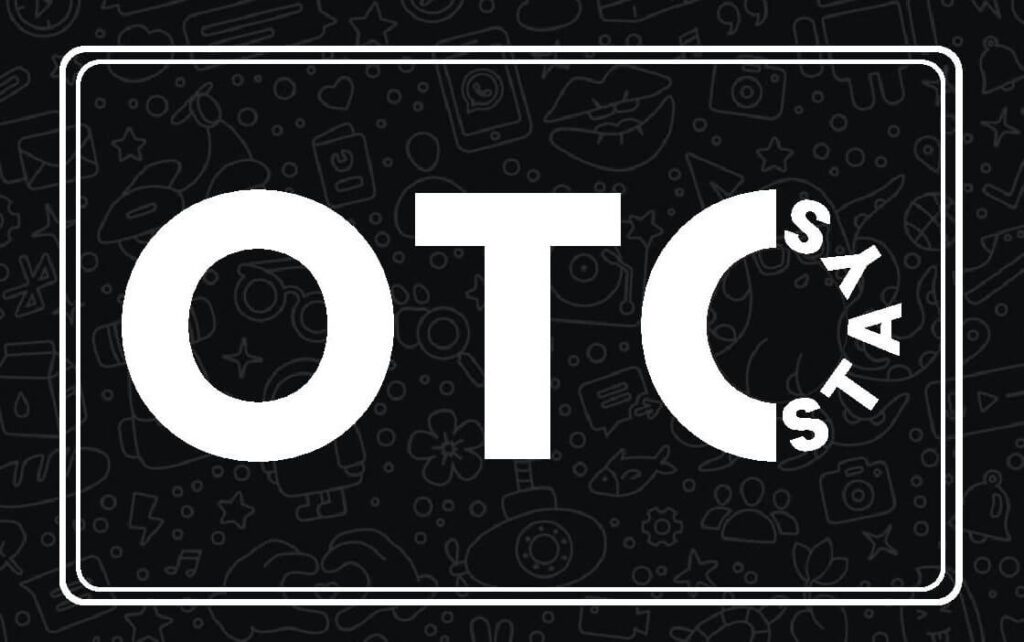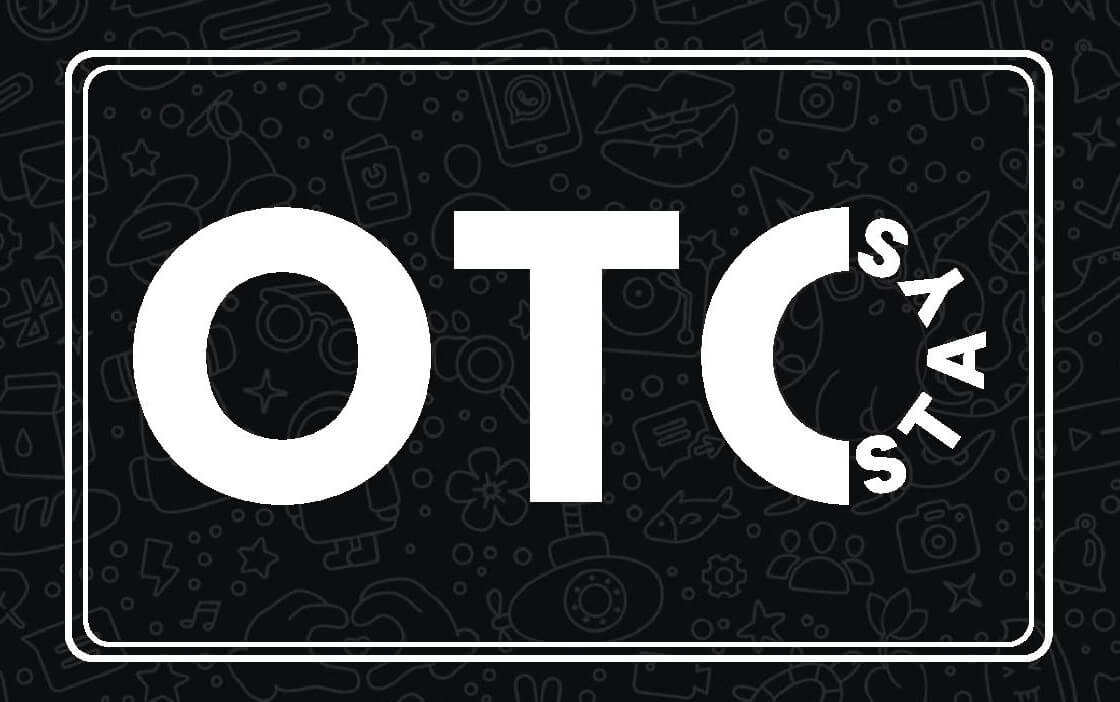
The Little-Known Benefits Adhd In Adults Symptoms
ADHD in Adults Symptoms Test
AADHD in adults can cause irritability and anxiety and also difficulty working. These symptoms can cause a debilitating condition, which can cause stress and affect the person’s ability to function as a citizen of society. Although there is no cure for the condition however, there are a variety of methods to recognize the disorder and manage it. This article aims to provide information on self-assessment tools and treatment options.
Self-assessment tools
Self-assessment tools for ADHD for adults is a great tool to discover the causes of your symptoms. However, this is not a substitute for a proper diagnosis from a medical professional who is qualified. You can find some self-assessments on the internet.
The Weiss Functional Impairment Checklist is a self-assessment tool that tests many of the symptoms of ADHD. This includes difficulty in sitting, fidgeting, and distractions.
The ASRS Screener and World Health Organization Adult ADHD Self-Report Scale are two other self-assessment devices that can be used to evaluate ADHD in adulthood. Both are designed to provide rapid answers to your symptoms. You can complete the ASRS Screener on your own, or you can ask your doctor to fill out the form for you. The ASRS Screener can be used as the first step towards an official assessment of adult ADHD.
The World Health Organisation Adult ADHD Self-Report Scale v1.1 is an instrument that asks about the signs you’ve observed in yourself or a family member. The questionnaire covers the most prevalent kinds of ADHD symptoms, such as hyperactivity or inattention and the tendency to be impulsive.
In order to be considered a valid assessment, a rating scale has to have a specific scoring procedure and be reviewed by a professional. Rating scales aren’t perfect in their ability capture impairment in two distinct areas of life.
DIVA-5 is a better instrument to diagnose ADHD in adults. The DIVA-5 was developed in Holland and is available in a variety of different languages. It’s a little cost that helps to pay for translation and spread the word about this beneficial tool.
Online tools are a great tool to check for ADHD. There are many websites that offer free tests. They are also used in research studies.
Self-assessments are quick and easy and provide valuable information. The results can be reviewed with your physician. Depending on the particular assessment they can be used to track the progress of treatment.
Self-assessment tools for ADHD are available online and in clinics. They can assist you identify the kinds of symptoms you are experiencing, and to modify your lifestyle to reduce your symptoms.
Inventory of Behavior Rating for Executive functioning-adult version (BRIEF–A)
The Behavior Rating Inventory of Executive Function is a survey that assesses executive functions. It is a method to determine the extent of impairment in executive function in a variety of populations. The BRIEF can be used by children and adults as an overall measure, or as individual subscales.
BRIEF is comprised of nine non-overlapping clinical measures. This test is open to those aged between 11 years to adulthood. Each subscale includes questions that examine various aspects of executive functioning. The overall score reveals whether the person has a deficit in executive functioning. In addition to the BRIEF, there are several other measures. These include the Dysexecutive Questionnaire and the Behavioral Regulation Index.
Researchers looked into the effects of BRIEF factor structure on scores in healthy adults as well as those with adhd in older females symptoms. Higher scores in the ADHD group indicated poor executive functioning. However, it was not possible to determine whether these scores were connected with psychopathology or any other medical condition.
ADHD adults were significantly more prone to Emotional Dysregulation (and Mind Wandering) than the general population. Furthermore there was a noticeable difference in the Metacognition Index between the ADHD group and the comparison group. These findings have led to the development of an overall index known as the Global Executive Composite.
The BRIEF is considered to have good discriminant and convergence validity. The scale also has a high degree of internal consistency. A sample of 1050 adult participants aged between the ages of 18 to 90 was standardized. The average score on the BRIEF was low.
Three models were evaluated: a 3-factor model, a two-factor model and a two-factor model. The two-factor model was more difficult to explain the score, according to the authors. The third model was a good match for Metacognition.
While there were differences in the scores of healthy adults and adults with ADHD, the averages were comparable. This suggests that the findings from this study have no clinical significance.
BRIEF-A is a great tool for the evaluation of children, adolescents, as well as adults with a wide range of disorders. It is also useful for diagnosing cognitive disorders , such as learning or attention problems.
Corroboration of symptoms
The verification of symptoms of ADHD in adults is a challenging task. This is because the signs of ADHD may vary as well as a high score is not always a sign of impairment. This disorder of the brain has to be diagnosed by integrating a number of different data.
The most effective tests in this regard include the Wender rating scale and the Brown scale, and the Woodcock-Johnson subscales used to measure the speed of decision-making, visual matching and working memory. Although they are helpful for screening purposes however, the Copeland symptom list is not recommended as a basis for diagnosis.
Other measures, like the receiver operating curve (ROC) analyses, are useful for assessing the accuracy of diagnostic tests. These analyses increase the sensitivity and precision of the test by examining various test data points.
Additionally, a range of other mental disorders have been found to coexist with ADHD. The most commonly disorder that is a comorbidity of mental illness is mood and anxiety disorders. A psychiatric condition that is comorbid could require further treatment.
Another symptom that is a sign of ADHD is inattention. People with this condition typically have difficulty finishing their tasks, and frequently forget appointments and other obligations. They also have trouble paying attention to the smallest details.
There are many other symptoms of ADHD which include impulsivity hyperactivity, and restlessness. Problems with impulsivity are nonspecific difficulties with task completion while hyperactivity may be manifested as excessive restlessness.
In evaluating ADHD in adults, it is crucial to take into account all the factors. If a person has any psychiatric conditions that are comorbid, this can obfuscate the symptoms of the disorder. If a person suffers from a comorbid disorder of mood or alcohol use, their inattention and control of impulses could be more evident.
ADHD is a chronic illness that usually starts in childhood and lasts into adulthood. Some people with ADHD can work. Others may need accommodations, such as more time for tests.
It is also possible for someone to disguise the symptoms of ADHD to gain academic accommodations. The use of stimulants is beneficial however they are not a cure. Antidepressant medication can also help to reduce affective instability in this group.
There are many treatment options
If you or a loved one has been diagnosed with adhd Symptoms for females (https://Vacayphilippines.com) It’s crucial to understand what treatment options are available. Treatments usually consist of a mix of therapy, medications, and lifestyle changes. It is also important to know the potential side effects of each medication.
The most common symptoms of adhd in females type of medication for treating ADHD is one that is a stimulant. The stimulants boost the levels of dopamine and norepinephrine in the brain. These medications are effective, but they can also have negative side effects.
Nonstimulants are a different option for medication and are an excellent choice for patients who aren’t responding well to stimulants. Other nonstimulants include atomoxetine, Strattera and guanfacine.
Many adults suffering from ADHD find counseling and therapy to be extremely helpful. They can improve their ability to communicate, problem-solving skills, and relationship with family and friends. Additionally they can benefit from classes that teach them how to handle problems.
Cognitive behavioral therapy is another treatment option for ADHD. Through therapy, those suffering from ADHD learn to alter their thoughts and actions so that they do not have to be anxious or stressed. Many ADHD sufferers also experience depression. Antidepressants can ease the symptoms of both ADHD and depression.
The first nonstimulant drug to be approved by the FDA for ADHD treatment is atomoxetine. Atomoxetine is less effective than stimulants. This allows doctors to prescribe lower doses.
The trial of a medication can be an excellent opportunity to test out various medicines. When you participate in a trial, you begin with a small dose, and gradually increase your dosage as time goes by. Talk with your doctor during this period to discuss any concerns that arise.
You might also want to consider joining a support group for adults with ADHD. These groups provide support and support from other people who have similar experiences. You can also enroll in couples counseling programs to strengthen your relationship.
 These symptoms or any other symptoms of ADHD should be reported to your doctor as soon as possible. Treatment for ADHD can be very effective.
These symptoms or any other symptoms of ADHD should be reported to your doctor as soon as possible. Treatment for ADHD can be very effective.
